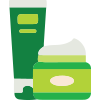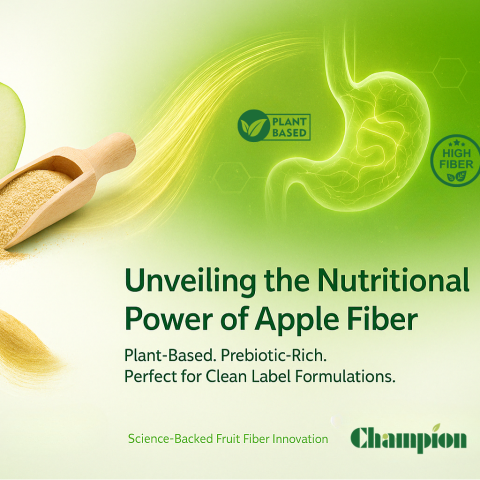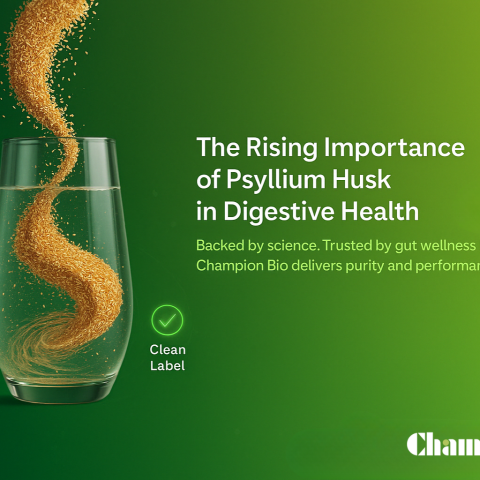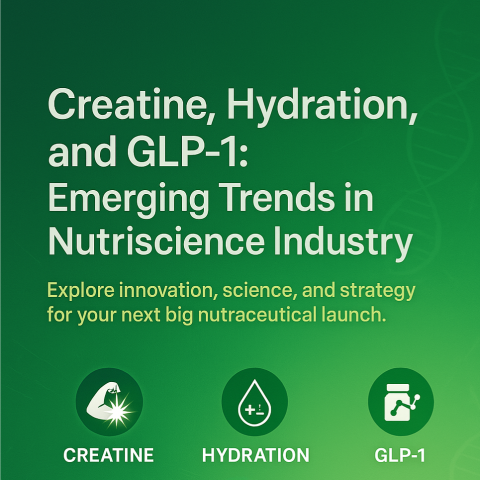The Comprehensive Guide to Supplement Development: Steps and Strategies

In a world increasingly focused on personal health, supplement development stands out as a critical industry. It addresses the growing demand for products that enhance health and complement individual lifestyles. This guide provides an in-depth look into the complex process of creating effective supplements, offering key insights into an industry that is constantly adapting to new health trends and consumer needs. It emphasizes the importance of understanding market demands, selecting quality ingredients, and ensuring product efficacy to meet evolving consumer expectations in the health and wellness sector.
Understanding Supplement Development
Supplement development merges nutrition and pharmaceuticals to create health-enhancing nutraceuticals. Their growing appeal lies in their ability to cater to unique health issues and preferences, fostering demand for tailored health solutions.
The key to this process is formulation. It blends scientific insight and creativity to design supplements that are highly bioavailable and effective. This phase is essential to produce a product that resonates with consumers. It involves transforming raw materials into finished products that adhere to regulatory standards and address specific health concerns, such as heart health or cognitive improvement.
Grasping supplement development means recognizing the importance of formulation. This step combines scientific accuracy with creative strategy to enhance a product's effectiveness and ease of use. It's a complex task that marries scientific knowledge with market trends to create compliant, consumer-focused supplements.
7 Key Steps to Dietary Supplement Development
Stage 1: Identifying Target Audience and Needs
The journey into supplement development begins with a fundamental step—identifying the target audience and their specific needs. This involves a comprehensive analysis of market trends, consumer preferences, and potential gaps in existing offerings. By aligning product development with consumer needs, developers ensure that the final product caters to an actual demand, enhancing its market relevance.
Understanding the target audience involves demographic considerations such as age, gender, and lifestyle choices. For instance, supplements tailored for an aging demographic might focus on joint health and cognitive support, while those for a younger audience could emphasize energy and immune system support.
Stage 2: Create Product Concept
With a clear understanding of the target audience, the next step involves creating a robust product concept. This is where the creative process takes center stage. Developers conceptualize the supplement, outlining its intended health benefits, flavors, and dosage forms.
Formulating a product concept is not merely about meeting nutritional needs but crafting a solution that aligns with consumer preferences. This stage requires careful consideration of current market trends, emerging health concerns, and the overarching goal of creating a product that stands out in a competitive landscape.
Stage 3: Selecting the Right Ingredients
Ingredient selection is the backbone of supplement development. The emphasis here is on choosing high-quality, sustainably sourced ingredients that contribute to the supplement's effectiveness and align with consumer expectations for ethical and environmentally friendly products.
Sourcing plays a critical role in this stage. Developers must establish partnerships with reliable suppliers who consistently provide ingredients that meet stringent quality standards. This stage is also an opportunity to incorporate innovative and trending ingredients, catering to the ever-evolving preferences of health-conscious consumers.
Stage 4: Formulation Development
With the ingredients in hand, the formulation development stage begins. This involves the scientific process of creating a distinctive and effective supplement formula. Developers leverage their knowledge of nutritional science, biochemistry, and pharmacology to ensure that the chosen ingredients work synergistically to achieve the desired health benefits.
The formulation phase is a delicate balance between achieving optimal efficacy and maintaining consumer palatability. Flavor profiles, texture, and ease of consumption are all considerations in creating a supplement that works and is pleasant for consumers to incorporate into their daily routines.
Stage 5: Testing and Validation
As the supplement formulation takes shape, rigorous testing and validation become critical. Safety, efficacy, and regulatory compliance are non-negotiable aspects of this stage. Comprehensive testing protocols ensure that the supplement meets the highest standards set by regulatory bodies and industry best practices.
Testing encompasses various facets, including bioavailability studies, stability testing, and microbiological analysis. Each test ensures the supplement delivers the intended health benefits without adverse effects. Validation of these results further strengthens the product's credibility, instilling confidence in both consumers and regulatory authorities.
Stage 6: Production and Manufacturing
With the formulation validated, the transition from concept to mass production occurs. This involves scaling up the production process while maintaining the formula's integrity. Key considerations at this stage include selecting manufacturing facilities equipped with state-of-the-art technology, implementing quality control measures, and ensuring consistency in production batches.
Production and manufacturing are not just about quantity; they are about replicating the precise conditions under which the formulation was validated. This ensures that each supplement batch meets the same high quality, safety, and efficacy standards. Collaborations with experienced manufacturing partners become crucial in this phase to ensure a seamless transition from development to production.
Stage 7: Marketing and Distribution
Effective marketing and distribution strategies come into play with the finished product. This stage involves creating awareness, building brand loyalty, and establishing a robust distribution network. Effective communication of the supplement's unique selling points, health benefits, and differentiators is crucial to capturing the target audience's attention.
Marketing strategies may include digital and traditional advertising, influencer partnerships, and educational campaigns to highlight the science behind the supplement. The goal is to not only attract new customers but also to retain and engage existing ones.
Distribution strategies involve selecting appropriate channels to ensure the supplement reaches its intended audience efficiently. Depending on the target market and consumer behavior, this may include collaborations with retailers, online platforms, or direct-to-consumer models.

Champion’s Expertise in Supplement Development
Champion emerges as a distinguished expert with a wealth of experience and a commitment to quality in the vast landscape of supplement development. Leveraging unique methodologies, Champion has established itself as a reliable partner for businesses and individuals seeking excellence in supplement formulation.
Champion's proficiency in supplement development is underscored by its track record of successfully bringing supplement concepts to fruition. Real testimonials from satisfied clients attest to Champion's dedication, innovation, and ability to deliver on its promises.
As we conclude this comprehensive guide to supplement development, it's evident that the journey from concept to finished product is a nuanced and intricate process. From identifying target audiences and conceptualizing products to meticulous formulation, rigorous testing, and strategic marketing, each stage plays a crucial role in the success of a supplement. Contact Champion today to learn more about supplement development.



















